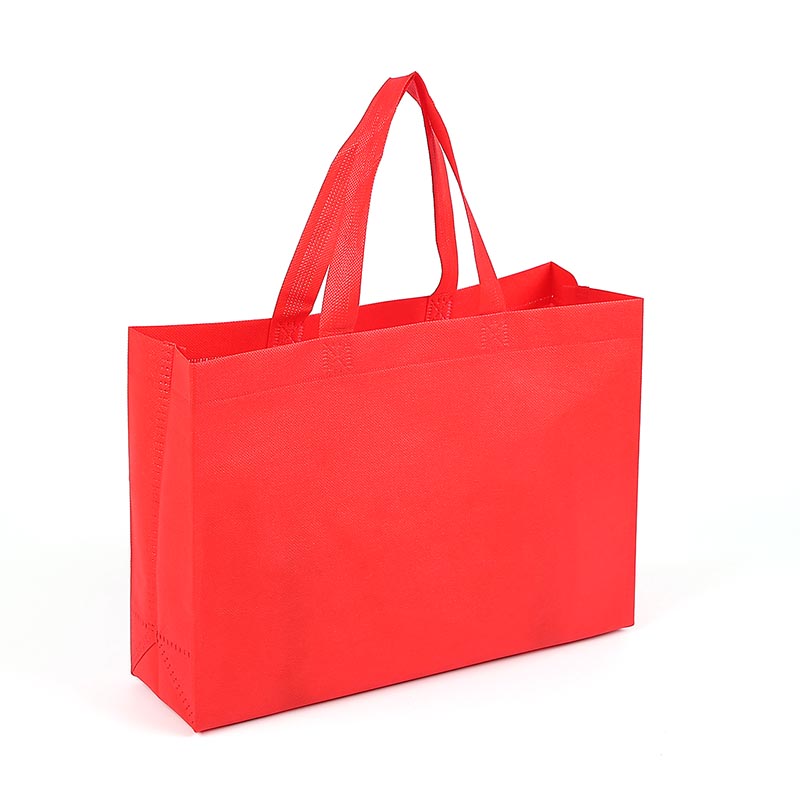Properties of PET Nonwoven Fabric
2024-06-12
PET nonwoven fabric is a versatile material made from polyethylene terephthalate (PET) fibers. This type of fabric is known for its durability, strength, and wide range of applications across various industries. Here's an overview of PET nonwoven fabric, its properties, manufacturing process, and common uses.
Properties of PET Nonwoven Fabric
1. Durability:
- Highly resistant to wear and tear, making it suitable for long-term use.
2. Strength:
- Excellent tensile strength and dimensional stability.
3. Lightweight:
- Despite its strength, PET nonwoven fabric is lightweight, which makes it easy to handle and transport.
4. Chemical Resistance:
- Resistant to many chemicals, including acids and solvents.
5. Moisture Resistance:
- Does not absorb moisture, making it resistant to mold and mildew.
6. Thermal Stability:
- Maintains its properties over a wide range of temperatures.
7. Eco-Friendly:
- Recyclable and can be made from recycled PET bottles, contributing to environmental sustainability.
Manufacturing Process
1. Fiber Production:
- PET granules are melted and extruded through spinnerets to form continuous filaments.
2. Web Formation:
- The filaments are laid down randomly or in a specific pattern to form a web. Methods include:
- Spunbond: Continuous filaments are spun and directly laid into a web.
- Meltblown: Molten polymer is extruded through small nozzles surrounded by high-speed blowing gas.
3. Bonding:
- The web of fibers is bonded together to form a cohesive fabric. Common bonding methods include:
- Thermal Bonding: Heat and pressure are applied to fuse the fibers.
- Chemical Bonding: Binders are used to hold the fibers together.
- Mechanical Bonding: Entangling the fibers using needles (needle punching) or water jets (hydroentanglement).
4. Finishing:
- Additional treatments can be applied to enhance specific properties, such as water repellency, fire retardancy, or antimicrobial characteristics.
Applications of PET Nonwoven Fabric
1. Healthcare:
- Used in medical textiles such as surgical gowns, masks, and sanitary products due to its sterility and disposable nature.
2. Geotextiles:
- Employed in construction for soil stabilization, erosion control, and drainage.
3. Filtration:
- Utilized in air and liquid filtration systems because of its fine fiber structure and permeability.
4. Automotive:
- Applied in car interiors, such as carpeting, upholstery backing, and sound insulation materials.
5. Clothing and Footwear:
- Incorporated into the lining, padding, and insulation for jackets, shoes, and other garments.
6. Agriculture:
- Used in crop covers, plant protection fabrics, and weed control mats.
7. Packaging:
- Used in protective packaging materials, including bags and wraps.
8. Home Furnishings:
- Found in furniture padding, mattress covers, and upholstery.
Advantages of PET Nonwoven Fabric
1. Versatility:
- Can be engineered to meet specific requirements for different applications.
2. Cost-Effective:
- Typically more affordable compared to woven fabrics.
3. Production Efficiency:
- Manufactured using continuous processes, allowing for high production rates.
4. Recyclability:
- Can be recycled, reducing environmental impact.
Disadvantages of PET Nonwoven Fabric
1. Limited Durability in Extreme Conditions:
- While durable, PET nonwoven fabric may degrade under prolonged exposure to UV light or extreme weather conditions.
2. Limited Aesthetic Appeal:
- Generally less visually appealing compared to woven fabrics, making it less suitable for high-end fashion or decorative applications.
Maintenance and Care
1. Cleaning:
- Can typically be cleaned with mild detergents. Specific cleaning instructions depend on the application and any additional treatments applied.
2. Storage:
- Store in a cool, dry place away from direct sunlight to prolong its lifespan.
3. Handling:
- Handle with care to avoid tearing or damaging the fabric, especially if it is bonded through less robust methods like chemical bonding.
PET nonwoven fabric is a valuable material with a broad spectrum of applications due to its durability, strength, and versatility. Its eco-friendly nature and adaptability make it an essential component in various industries, contributing to both functionality and sustainability.



